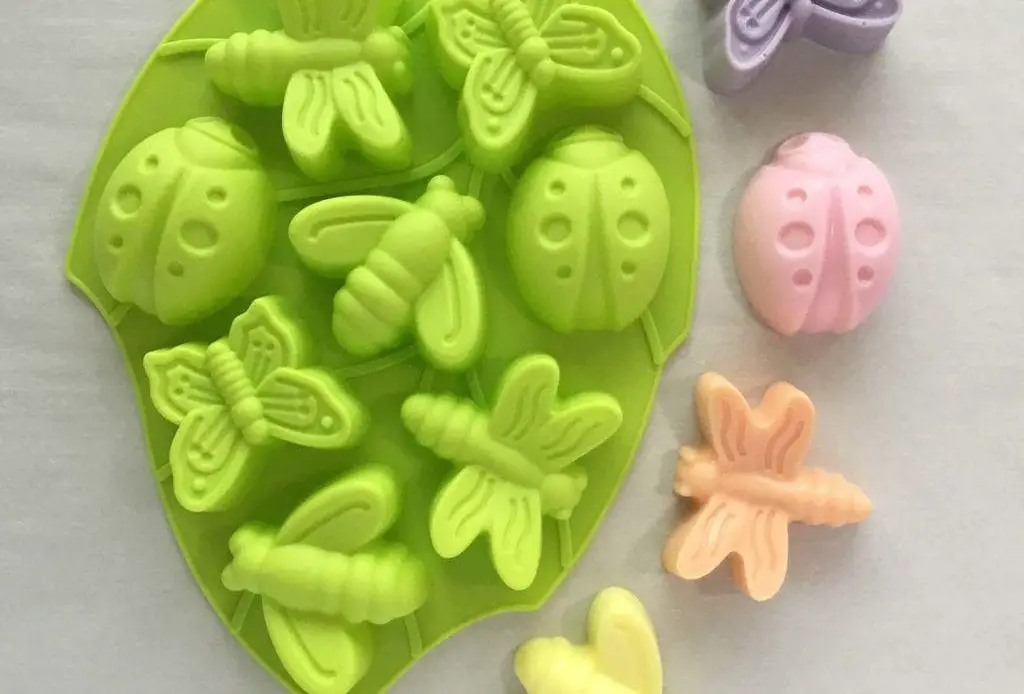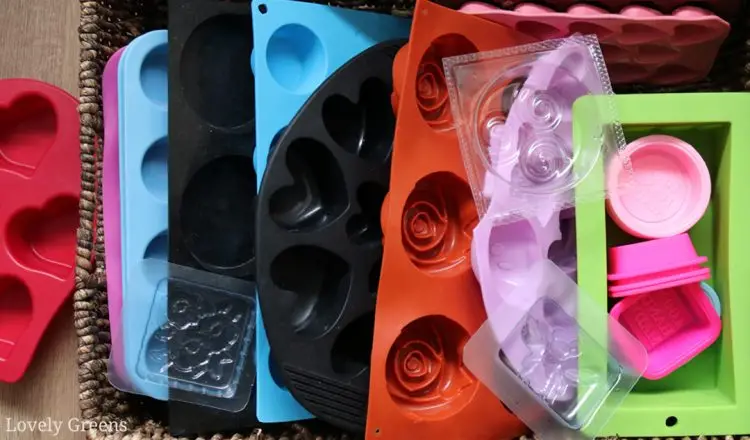
If soapmaking bugs bite you, it begins to feel like a possible mold. Through practice, you are narrowing down which type of soap model fits better for you, even if you are an enthusiast, a trainer, or a proprietor of a soap company aiming to ramp up. What are the best molds you can use, and how can you use it? At the end of this article, you would know different kinds of soap making molds that can be used and easy to find.
Soap Making Molds

For an inexperienced soapmaker, a range of food packaging definitely would be the right soap molds for you. You certainly wouldn’t want to spend lots of money on expensive soap making molds if you’re new to this. Reuse recycled cartons or paper coffee, packets of powdered yogurt, and much more. The famous soap molds were plastic disposable food containers, including lined Pringles cans for modern soapmakers.
Make sure it has no aluminum content when reusing other food cans for soap making mold. You may use a range of products such as frozen paper, plastic containers as well as wax paper, should you choose to fill a container. It would go without stating, but making sure you wash the bottle completely before you use this as the base. The advantage of re-using food cans is that they’re so cheap, or perhaps even free, and somewhat disposable. However, be conscious that you might find an inaccuracy in the shapes of your final soap, which may change the way users experience the success of a specific formula.
Plastics soap molds

While plastic molds become widely available for melting and pouring the soap, it could often be used in the cold processing soap. They are usually called cavity like molds with adorable shapes and patterns, ensuring that after separating it from a mold, there is no need to remove the soap. But, in attempting to clean it from the mold, such molds sometimes deform or crack.
Wood molding soaps
For enthusiast soap makers, it is the most inexpensive and versatile mold option, because they are affordable to produce or procure relative to other forms of molds. It can also be designed in a range of specifications.
This wood molds, though, must be covered with a coating that does not adhere to cold processed paint, such as frozen paper as well as corrugated plastic. Wood mold is ideally adapted to protecting cold soap processed, facilitating faster saponification by gel processing.
If you want to create this wood molds nor buy them from somebody else, make sure that they are not produced of glue or processed wood when you choose to manufacture the soap via cold processing oven.
HDPE
Another alternative was plastic molds made from HDPEcnSuch molds are usually designed in both slabs and loaf configuration identical to wood molding. The lining is not essential in HDPE mold based on the recipe, so whether the solution doesn’t seal or is rich in softer oils, you’ll have to line up the mold with freezer paper, corrugated plastic as well as wax paper. Conversely, you could even spray the molds using mineral oil and beauty care silicones.
Once you are unmolding the soap from your HDPE mold, slide your soap off from its mold parallel from the surface of the mold instead of pulling the soap from its mold parallel just like you would with such a liner using a wooden mold or even the silicone mold wall.
Acrylic soap Molds
Acrylic molds were also similar in sturdiness, price point, or use from HDPE molds. Fortunately, they get the sleek additional advantage of seeing the soap from mold walls within the mold. When you love making elaborate soap patterns, the best fit for you is acrylic molds.
Silicon soap molds
The most popular option nowadays in soapmaking molding is usually silicone mold. Thanks to the easiness of unmolding, this has the benefit of getting a smooth corner for your soaps. You don’t normally need to set up some silicone molds at all.
In insulation reasons, silicone was the worse among mold styles but is usually heat tolerant to extreme temperatures, enabling you to utilize the technique of manufacturing the cold processing oven. It comes in a number of configurations: a single one-piece pattern, silicone liners requiring a supportive package, and a relatively smaller cavity with specific sizes and shapes.
Be mindful that molds made of silicone can be worn out too. As time goes by, time silicone can spread and can past the width it began at. When the silicone expands, it often is susceptible to breaking.
Endnote
Soap making molds can differ in sizes as well as materials to use, all you need to do is to be creative and think of the things you can use instead of buying expensive molds in the market. We hope that this list and tips can make your soap making journey fun and exciting.

